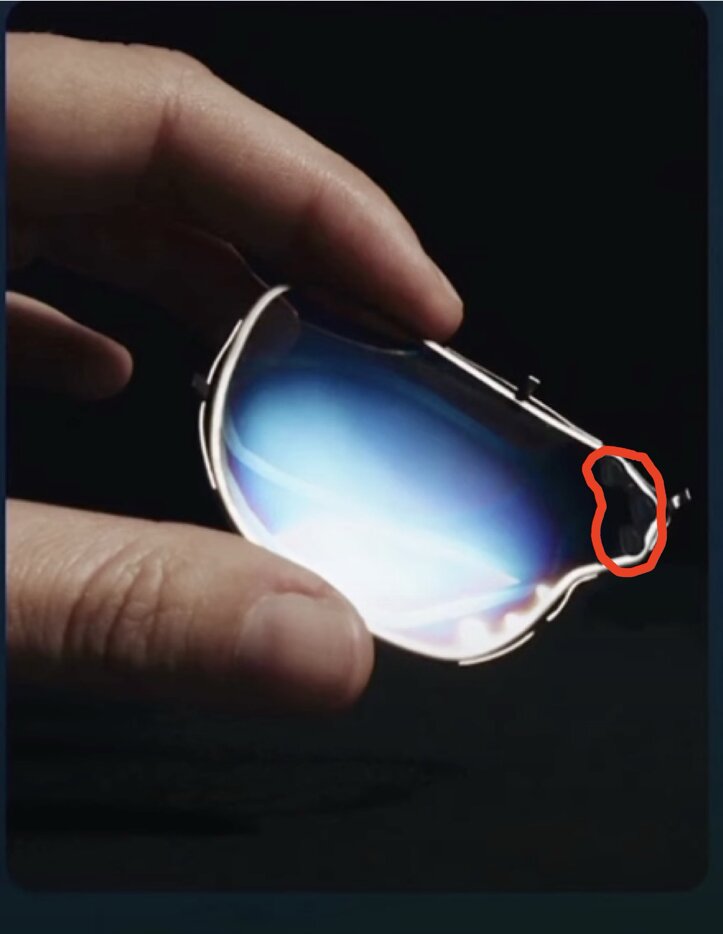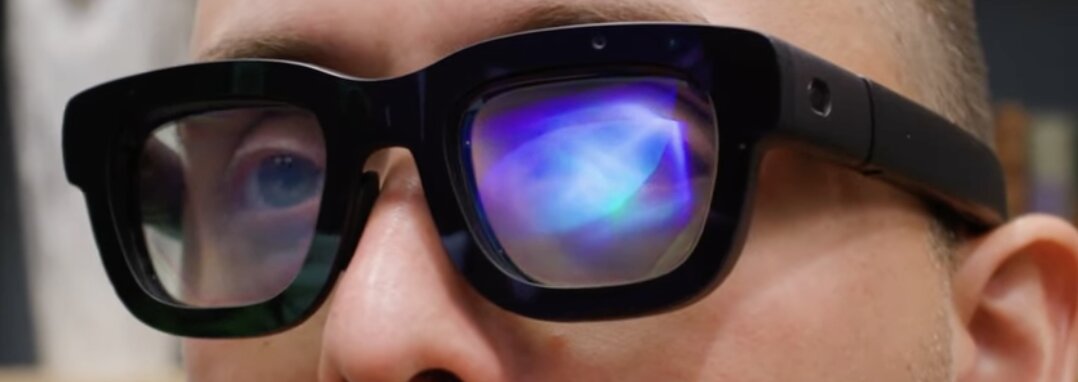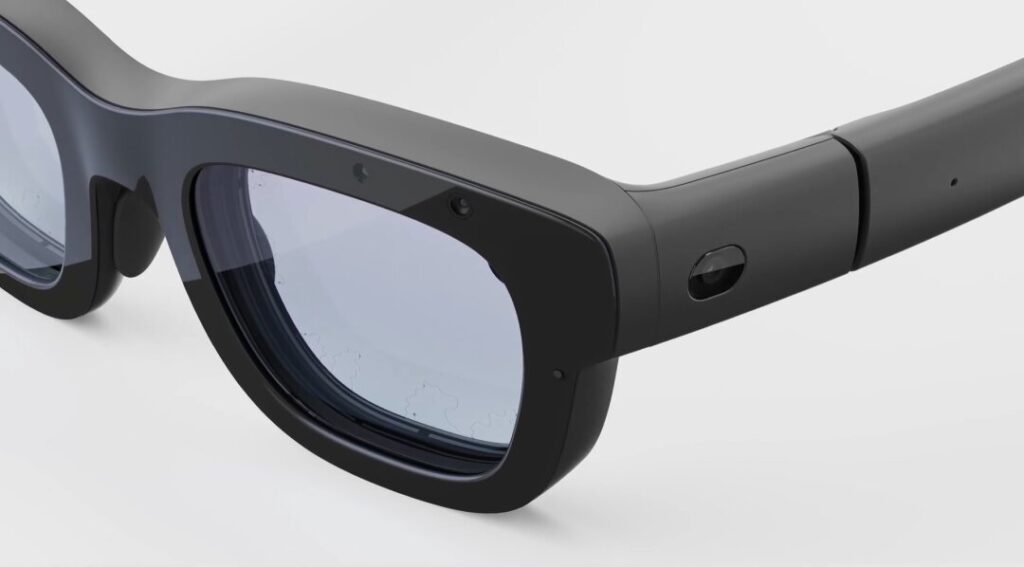
Meta’s latest venture into augmented reality, tentatively named Orion, has generated significant buzz. This advanced piece of technology supposedly costs around $10,000, raising questions about what justifies such a high price. By examining the optical architecture and numerous components, one can get a clearer picture of what makes these AR glasses so groundbreaking.
Understanding the Optical Architecture
Meta’s AR glasses incorporate cutting-edge technologies from companies like Magic Leap and Dispelix. This intricate combination results in different possible configurations for the optical system.


Scenario One: Monochromatic MicroLED Array
The first potential configuration involves an array of monochromatic microLEDs, similar to the architecture of Magic Leap One. Here, each microLED is responsible for a single color, processed through layers of waveguides made from silicon carbide. This setup reduces color crosstalk, a significant issue in earlier AR systems like Microsoft’s HoloLens 1.
In this scenario, each color is managed separately, which significantly improves the overall image quality and field of view (FOV). This technology demands high-resolution monochromatic microLEDs, possibly pushing the boundaries close to 1080p resolution for each color.
Scenario Two: Full-Color MicroLED Array
The second potential setup is a full-color microLED array, which might come in two forms. One approach is to use a lower resolution array with mixed colors projected through multiple layers of silicon carbide waveguides. However, even with the higher refractive index of silicon carbide, maintaining uniformity in a single-layer color 70-degree FOV would be difficult. Thus, a multi-layered approach is more likely, solving angular color integration issues.

Advanced Full-Color MicroLED Configuration
The more advanced setup uses a high-resolution single-chip microLED array. Discussions between Mark Zuckerberg and Meta’s CTO indicate that Orion features “holograms” projected at various depths, suggesting a multi-plane display to address Visual Accommodation Conflict (VAC). This arrangement could involve three layers of waveguides paired with three full-color microLED projectors, potentially resembling Magic Leap One’s dual-focal constructs but with an additional layer for a third focal plane.

Orion’s Impact on the XR Industry
Meta Orion’s prototype integrates a vast array of features: SLAM, eye-tracking, gesture recognition, extensive FOV displays, and electromyographic (EMG) interactions. It’s a no-expense-spared showcase of what’s possible if cost isn’t a barrier.

Reports suggest that Meta plans to release a more consumer-acceptable AR glasses version, potentially employing reflective waveguides and LCoS projectors by 2024-2025. This reduced-spec model aims at developers and early adopters, serving as a bridge until the technology matures further, possibly moving on to Surface Relief Gratings (SRG) diffused waveguides eventually.
MicroLED technology still struggles with issues like low red-light efficiency, high costs, and manufacturing challenges, as pointed out in industry critiques.

The Role of Design in Waveguides
Lastly, the final performance of waveguides isn’t just about advanced materials and etching techniques; design plays a pivotal role. Effective designs can mitigate issues such as light leakage, rainbow patterns, and uniformity, even with simpler materials and older fabrication methods.
By addressing these complexities, Meta’s approach could redefine the landscape of augmented reality, setting a new benchmark for the industry both in terms of technology and cost.


